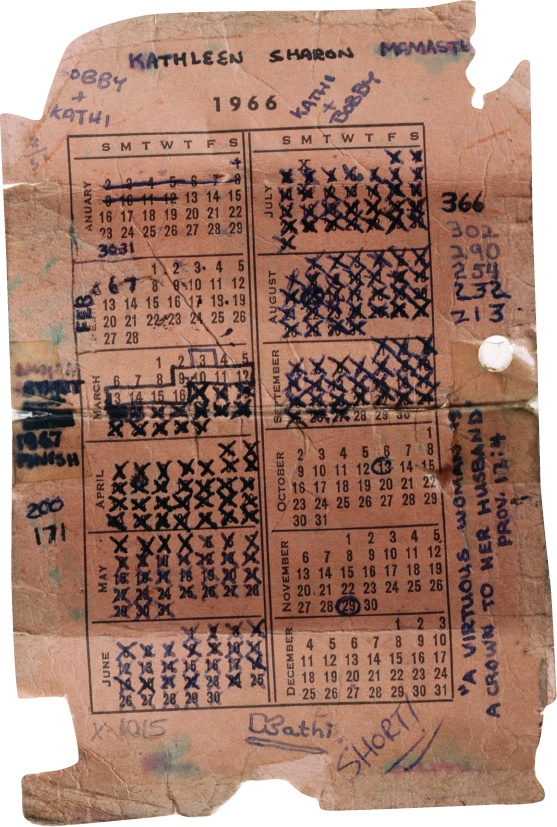Those Who Served
Printed Page 879
Teenagers fought the Vietnam War. In contrast to World War II, in which the average soldier was twenty-six years old, the average age for all soldiers in Vietnam was nineteen. Until the Twenty-sixth Amendment to the Constitution dropped the voting age from twenty-one to eighteen in 1971, most soldiers could not even vote for the officials who sent them to war. Men of all classes had fought in World War II, but in Vietnam the poor and working class constituted about 80 percent of the troops. More privileged youths avoided the draft by using college deferments or family connections to get into the National Guard. Sent from Plainville, Kansas, to Vietnam in 1965, Mike Clodfelter could not recall “a single middle-class son of the town’s businessmen, lawyers, doctors, or ranchers from my high school graduating class who experienced the Armageddon of our generation.”

Much more than World War II, Vietnam was a men’s war. Because the United States did not undergo full mobilization for Vietnam, officials did not seek women’s sacrifices for the war effort. Still, between 7,500 and 10,000 women served in Vietnam, the vast majority of them nurses. Early in the war, African Americans constituted 31 percent of combat troops, often choosing the military over the meager opportunities in the civilian economy. Special forces ranger Arthur E. Woodley Jr. recalled, “The only way I could possibly make it out of the ghetto was to be the best soldier I possibly could.” Death rates among black soldiers were disproportionately high until 1966, when the military adjusted personnel assignments to achieve a better racial balance.
The young troops faced extremely difficult conditions. Platoons fought in thick jungles filled with leeches, in rain and oppressive heat, always vulnerable to sniper bullets and land mines. Soldiers in previous wars had served “for the duration,” but in Vietnam a soldier served a one-year tour of duty. A commander called it “the worst personnel policy in history,” because men had less incentive to fight near the end of their tours, wanting merely to stay alive and whole.
American soldiers inflicted great losses on the enemy, yet the war remained a stalemate. The South Vietnamese government was an enormous obstacle to victory, as graft and corruption continued to flourish. In the intensified fighting and with the inability to distinguish friend from foe, ARVN and American troops killed and wounded thousands of South Vietnamese civilians and destroyed their villages. By 1968, nearly 30 percent of the population had become refugees. The failure to stabilize South Vietnam even as the U.S. military presence expanded enormously created grave challenges for the administration at home.
QUICK REVIEW
Question
Why did massive amounts of airpower and ground troops fail to bring U.S. victory in Vietnam?
CHAPTER LOCATOR
How did U.S. foreign policy change under Nixon?
Why did Johnson escalate American involvement in Vietnam?
How did the war in Vietnam polarize the nation?
How did U.S. foreign policy change under Kennedy?
Conclusion: Was Vietnam an unwinnable war?
 LearningCurve
LearningCurve
Check what you know.